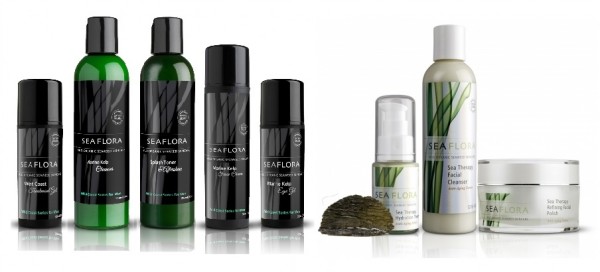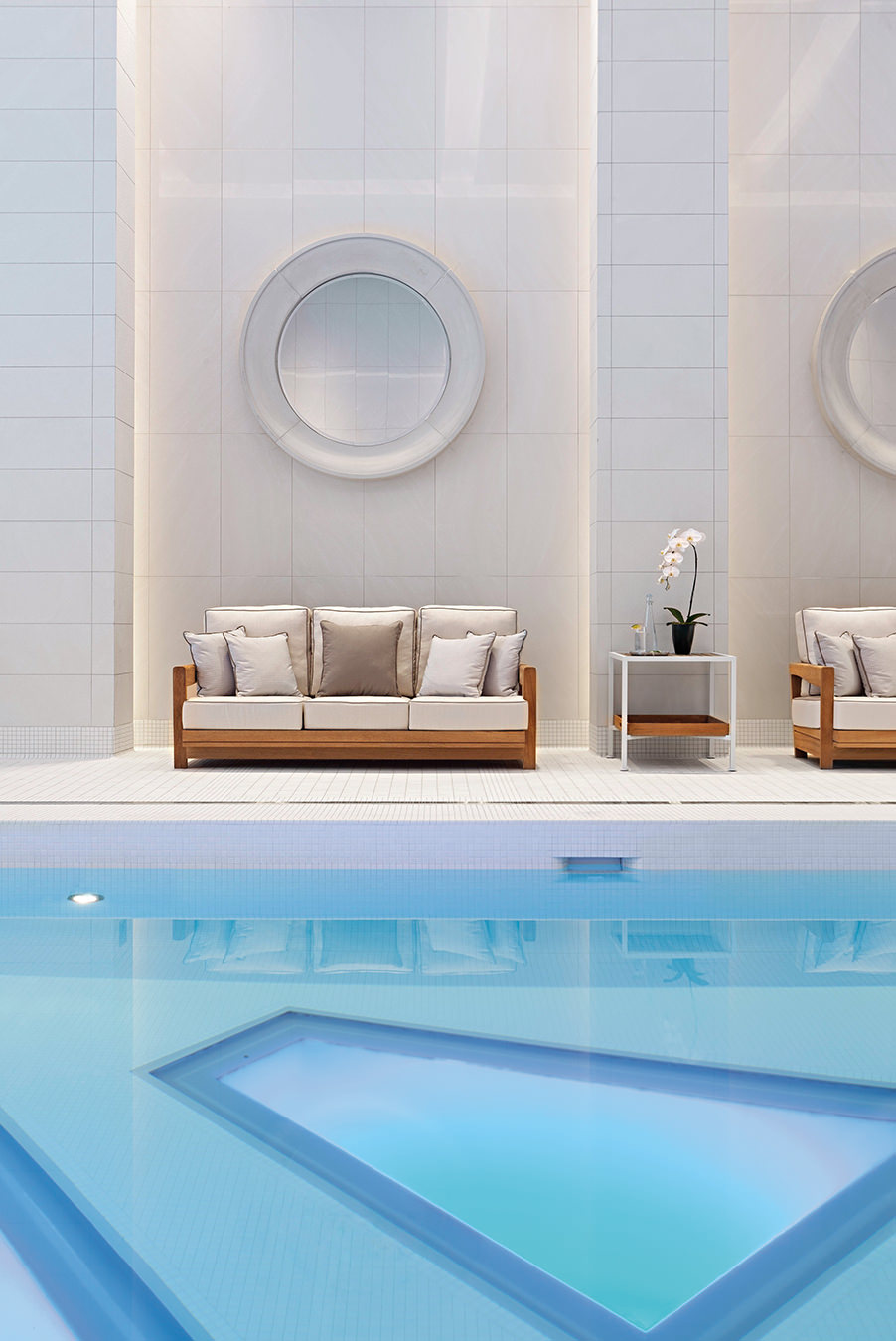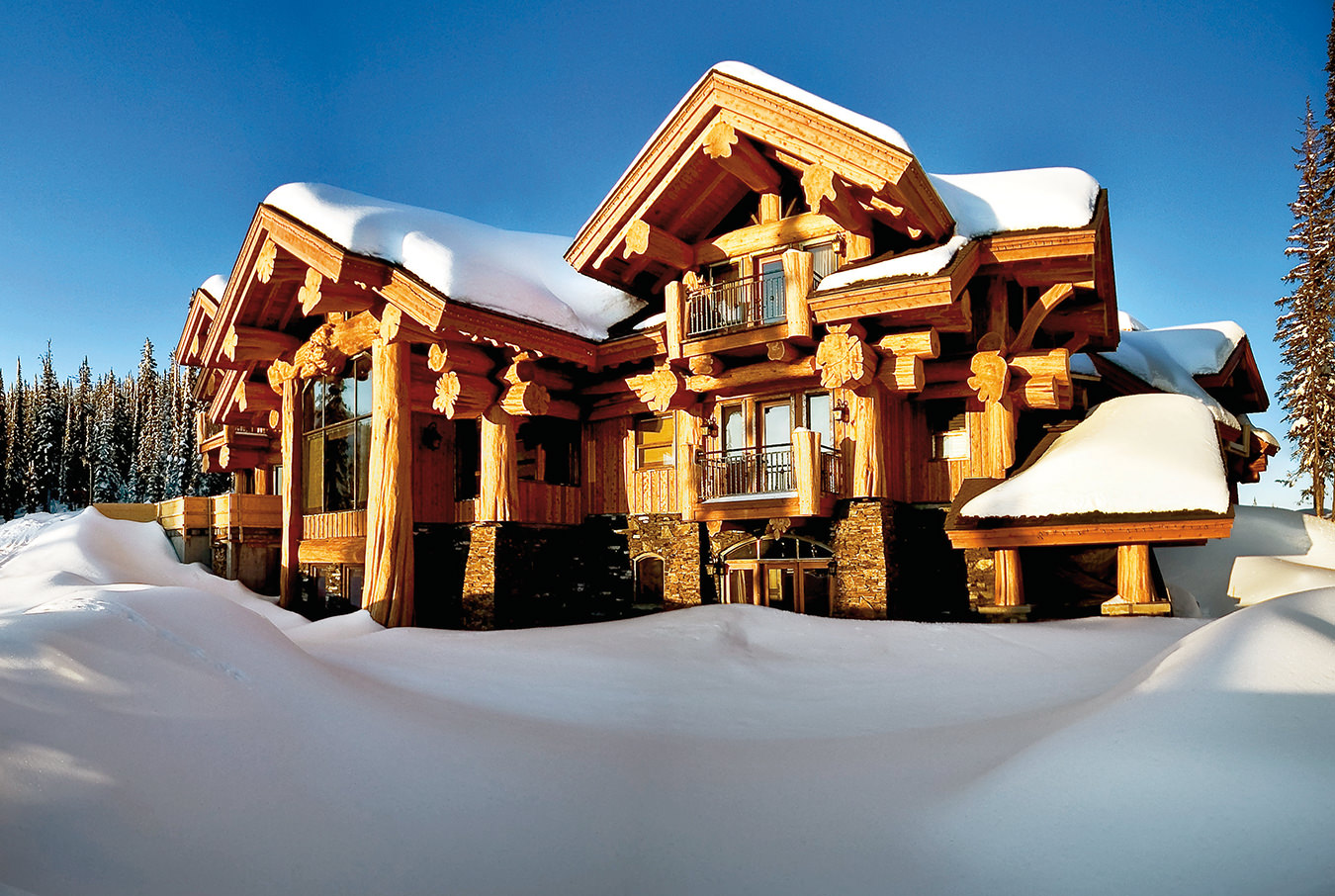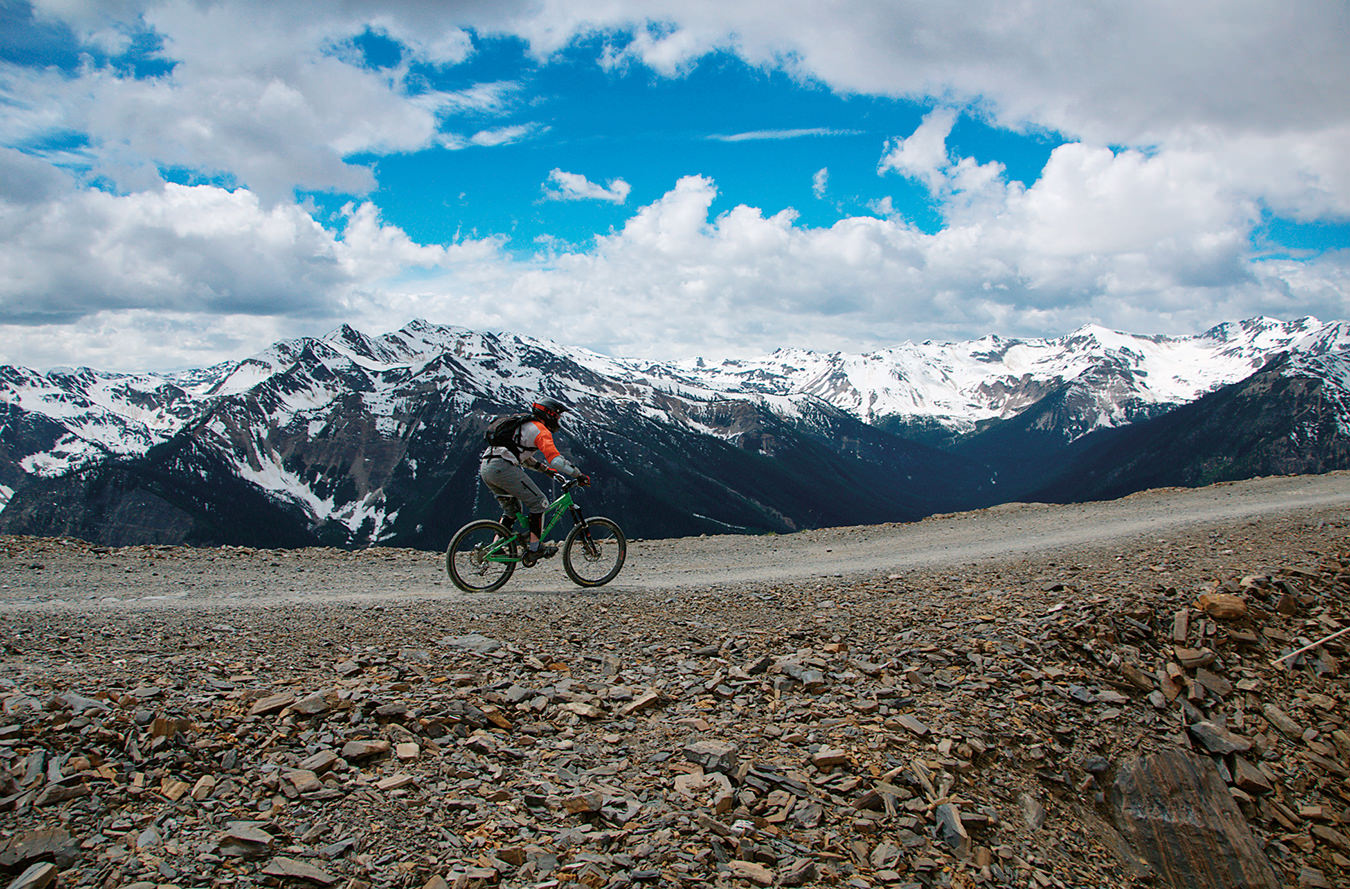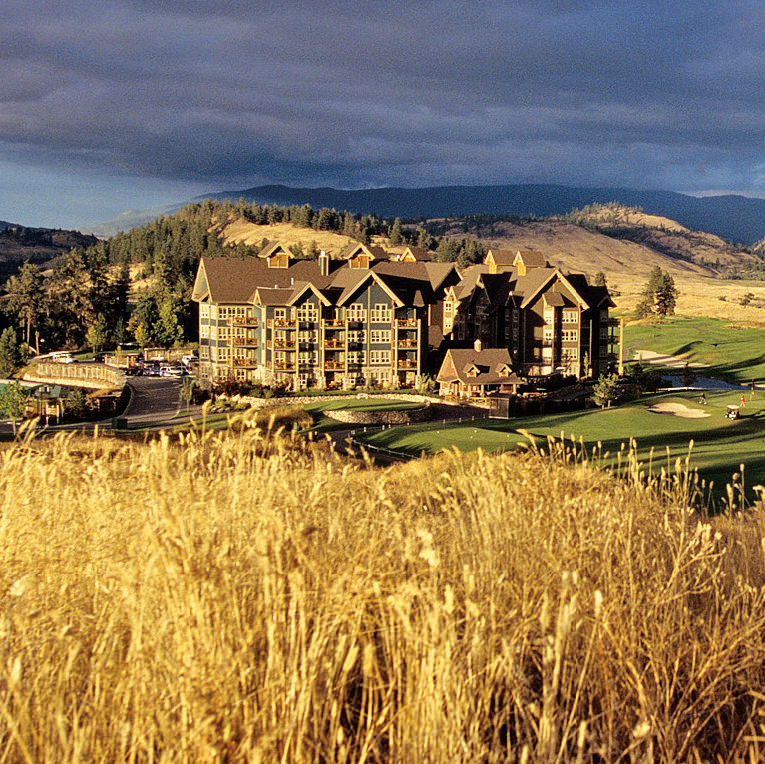Tidal Greens
Seaflora: a wild, organic, seaweed skin-care range.
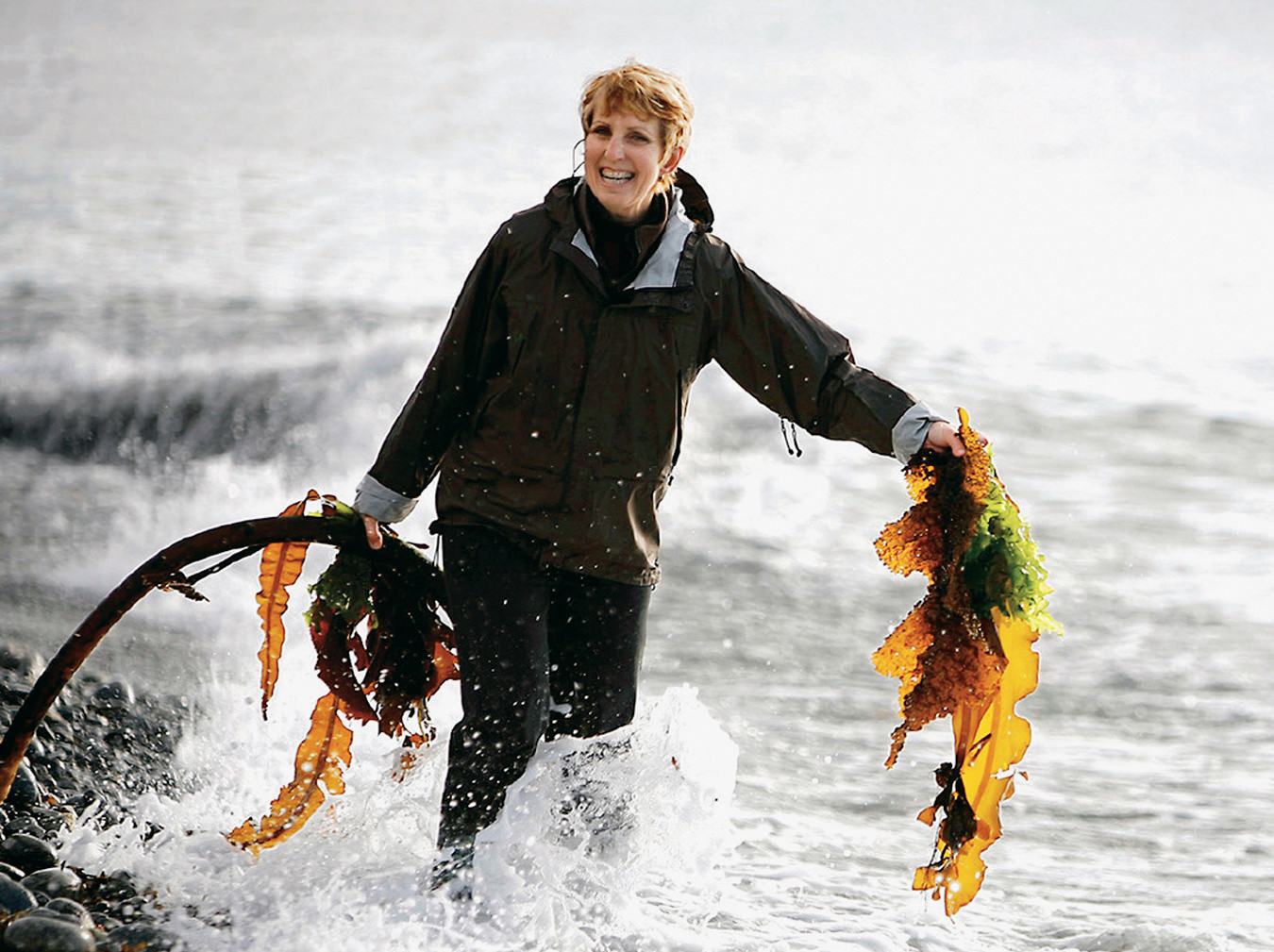
As the science fiction writer Arthur C. Clarke once pointed out, “How inappropriate to call this planet Earth, when it is quite clearly Ocean.”
Water covers 70 per cent of our planet’s surface, and the ocean’s inhabitants, specifically, plankton and algae, are estimated to contribute between 50 to 85 per cent of the oxygen in the Earth’s atmosphere. But in the past decade, we’ve become interested not just in the oxygen provided but also in the nutritional benefits of these ocean plants. A revival in traditional ways (the back-to-the-land movement is back in vogue) and “simple living” is driving a voracious interest in the wild, the pristine, and the organic—three terms that are epitomized in Seaflora, a certified-organic skin-care line of seaweed-based products.
“Do you know what’s in your skin care?” asks Diane Bernard, founder of Seaflora, which is based in Sooke, British Columbia. Locally, Bernard is affectionately known as the “Seaweed Lady”: she spends most days in her gumboots, knee-deep in the waters of Vancouver Island’s coastline, harvesting algae. Bernard is a third-generation seaweed harvester, though her Acadian ancestors used seaweed for more utilitarian purposes. “I’m old enough to know fishing vessels without refrigerator units, when seaweed was used to keep the lobster fresh,” she says.
The benefits of seaweed are varied, ranging from the obvious (they’re rich in minerals) to the lesser known: research from Kyoto University has shown that fibres from brown seaweed lower blood pressure and reduce the risk of cardiovascular disease. In fact, inhabitants of Japan’s Okinawa Island—the longest-living population, known to have the greatest number of centenarians in the world—eat seaweed daily, with the sea vegetable among the seven to 10 portions of fruits and vegetables they consume every day. But the benefits don’t stop there. These ocean greens have also been used for centuries by seaside cultures as a cure-all for healing wounds, reducing bruising, and relieving skin conditions such as eczema, rosacea, and sunburn.
The waters of Western Canada are a significant area for biodiversity; at last count, close to 530 species of algae could be found off the coast of British Columbia (research indicates 650 species in the Pacific Northwest). On the edge of the Strait of Juan de Fuca, upwelling zones of cold water make it an ideal spot for Bernard to harvest briny crops of seaweed. Many initial encounters with seaweed can be unpleasant, especially if you are wading into the ocean for a swim, or trying to maintain your footing while scrambling on rocks. And detached seaweed ends up washing ashore and amassing into smelly decomposing piles. But according to Bernard, we shouldn’t be so quick to criticize. “We would never judge a flower garden by its compost pile, so we aren’t going to do it here,” she says as she takes to the shores with a bucket and hiking stick at Whiffin Spit Beach.
Though she boasts a master’s degree in criminology and a background in economic development, Bernard found her passion once she settled in Sooke. “Whenever I need to think, I go to the coast and eat seaweed,” says the 60-year-old. “I thought, why not take a wild resource and kick it out there?”
If you’ve dined at Sooke Harbour House, or the Breakwater restaurant at Kingfisher Oceanside Resort and Spa in the seaside hamlet of Royston, or the Pointe Restaurant at Tofino’s Wickaninnish Inn, or Tojo’s restaurant in Vancouver, it’s likely that you’ve eaten some of Bernard’s bounty. When she approached chefs about her seaweed venture in 2000, they were quick to share her zeal for the green. “The trick was getting the seaweed in fresh mode—within 24 hours—in the way [the chefs] wanted it,” she says, describing her first year. “It was tough and expensive.”
On one of her deliveries, a chef presented her with skin-care products whose ingredients included marine materials. “The notion of going to the ocean for good health is nothing new,” Bernard says—but she was shocked to find that the French seaweed-based skin-care line made “bogus claims, and was diluting the therapeutic properties with dyes and perfumes.”
As a result, Bernard went to the experts: she took a seaweed course at the Bamfield Marine Sciences Centre on Vancouver Island and aligned herself with adept individuals, including several PhDs in marine biology, among then adjunct University of British Columbia professor Dr. Sandra Lindstrom, who was instrumental in identifying species. “I haven’t been afraid to ask when I needed help,” says Bernard. “My goal wasn’t to create a job for myself, but to create a business.”
And so, Bernard invited 44 spa directors out to the coast to learn about the various forms of sea plants and their benefits. The aim was to develop a thalassotherapy program using wild Canadian seaweeds. Based on their feedback, she launched Seaflora in 2002, offering USDA-certified organic products that don’t strip seaweed of their fibre, that use no synthetic colours or scents, and that are mixed with as many local ingredients as possible, including ocean mud and marine minerals. “Seaweed is the primary ingredient, and each product must have over 50 per cent seaweed—more often, upwards of 80 per cent,” she asserts.
Each type of seaweed has unique benefits. Sea lettuce (Ulva lactuca) is a natural astringent and UV protector, while feather boa seaweed (Egregia menziesii) is useful as a bath “herb” to soften and enrich the skin. Iridaea cordata is a striking iridescent alga whose colour can range from reddish and brownish red to dark bluish and purple, and which was historically recommended as a cure for respiratory ailments. Kelp, and bull kelp (Nereocystis luetkeana) in particular, is good for soaks and scrubs, as it is hydrating and remineralizing, boosts circulation, relaxes the muscles, and helps with insomnia. Finger seaweed (Halosaccion glandiforme) is “the ocean’s spritzer,” says Bernard, bringing the sea sac close to her face and squeezing it to release the gel just like a sprinkler.
Seaweeds are the precursor of land plants. They lack a root system and thus cannot grow in soil or sediment; instead, seaweeds rely on a holdfast (attachment organ of an alga) to anchor themselves to rocks. From the ocean bottom, they rise up in the water column to take in nutrients. “Seaweeds are full of the good stuff: vitamin A, all the Bs, C, E, and over 60 trace elements, including potassium, iodine, magnesium, and zinc,” says Bernard. All told, it’s an ideal beauty ingredient.
Every product in the Seaflora range has over 50 per cent seaweed—more often, upwards of 80 per cent. “We don’t need to mess with a fabulous resource.”
The Seaflora product range is appropriate for face and body and contains no harmful petrochemicals, sodium lauryl sulfates, formaldehyde, or parabens. Products, suitable for all skin types, include cleaners, exfoliators, masques, serums, moisturizers, body gels, and lotions, with the Potent Seaweed Serum, Seaweed Body Gel, and Rich Laminaria Facial Moisturizer as top sellers. The most recent addition, the Wild Coast series for men, was released this spring. The products, true to their ingredients, are green. “We don’t need to hide the colour of our products,” says Bernard. “We don’t need to mess with a fabulous resource.”
Inspired by a sense of well being that a trip to the ocean can bring, the spa community across the country calls upon Bernard to develop seaweed-specific spa treatments. The 75-minute Sea Therapy Facial at CHI, the spa at the Shangri-La Hotel in Vancouver, utilizes products from the Seaflora Sea Therapy anti-aging line for a deeply hydrating and gently detoxifying treatment, and includes strips of fresh seaweed draped across the face.
Between spring and the autumnal equinox is seaweed season, “peaking at summer solstice,” she notes. (In the fall, local farmers are known to come and haul the shoreline seaweed in their trucks, as it makes good use as fertilizer.) While it’s in season, Bernard takes advantage of the greenery at her feet and hand-harvests sustainably in small batches. “Seaweeds are quite poetic,” she says, holding up some winged kelp (Alaria esculenta). “Elegant, peaceful, weird.” Harvest days are long; she goes out with the tide and comes back in with it.
“Canadians don’t look at our wildlife resources like the rest of the world does,” says Bernard. “We are too quick to chop it, log it, dig it, mine it, fish it, and we sell it off in the lowest form possible. It just drains the resources.” Instead, Bernard invites the public to tour her wild ocean garden with her—outfitted in matching gumboots, of course.
Bernard, as is stated on her business card, is “Sea”-EO but the 12-person Seaflora team convenes at the “lab” headquarters in Sooke, where the seaweed is pulled, pressed, distilled to an extract, ground to powder, and even dried for use as unaltered pieces. Formulations are designed and created here too, before being packaged and boxed to ship. Recalling the early days of Seaflora, Bernard describes working out of makeshift sheds and having meetings at her dining-room table. “I know I had the only teenagers that were afraid to open up the fridge,” she says, “as I had all my experiments in there—trying things in so many different ways.”
Bernard’s role as a patron of the ocean is very clear to her, and no effort is spared to ensure Seaflora’s approach and processes are all environmentally friendly and ethically sound. “Nobody tires of the ocean,” she says. “We have to do everything we can to keep them.”

